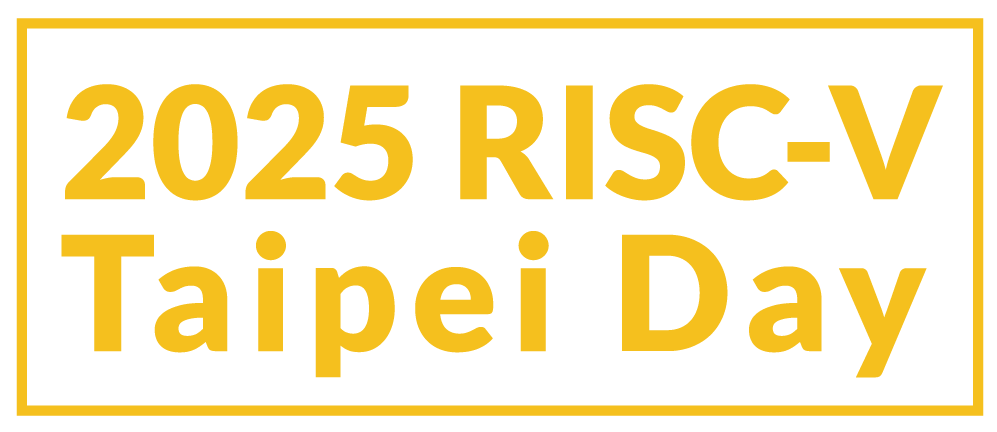Skymizer is a leading-edge system software company established in November 2013 in Taipei and Hsinchu Science Park. We help integrated circuit (IC) design houses, particularly vendors of AI SoCs, enhance their products by improving functionality, performance, and reliability. This is accomplished with unique compiler software technology. At Skymizer, we believe that it is a new golden age of computer architecture. Revolutionary opportunities reside in both hardware architecture and system software architecture. With an unmatched group of hardware architects and system software architects, we create, adapt, and re-invent the software programming environment to achieve complex heterogeneous multicore SoCs during the More-than-Moore era.
We specialize in compiler and runtime technology for any IC chips with heterogeneous multicores on a system. Our compiler technology transforms abstract programming languages into control instructions of the hardware engine of your choice. The runtime technology manages the hardware and software resources in the chips and ensures high memory and bus system utilization. Currently, we are focused on system software for AI accelerators, which includes connecting AI frameworks, such as TensorFlow, TensorFlow Lite, PyTorch, Keras, ONNX, and Android NNAPI, to deep-learning accelerator ASICs.
Our system software enables AI chip design houses to automate AI application development, improve system performance, and optimize inference accuracy. Heterogeneous multicore systems have variant programmable engines and complex memory and bus systems. Building automation tools for such complex chips is a significant challenge. In fact, many senior AI chip design houses provide only libraries or limited tools to their customers. We have examined solutions to all potential challenges regarding mass production, including compiler, calibrator, runtime, virtual platform, and benchmark model zoo. With these solutions, our customers are able to improve their system performance and optimize inference accuracy to sky-high levels.
We have been helping many chip customers quickly bring their products to market. As a result of our solution, there have been more than 20 AI chips, including cloud inference, edge, and sensors, going to new tape-out or mass production with our solution since 2019. Best of all, although chips are diverse, our software stack is modular and re-targetable. Together, we accelerate AI innovation.
For more information, visit :https://skymizer.com/





































